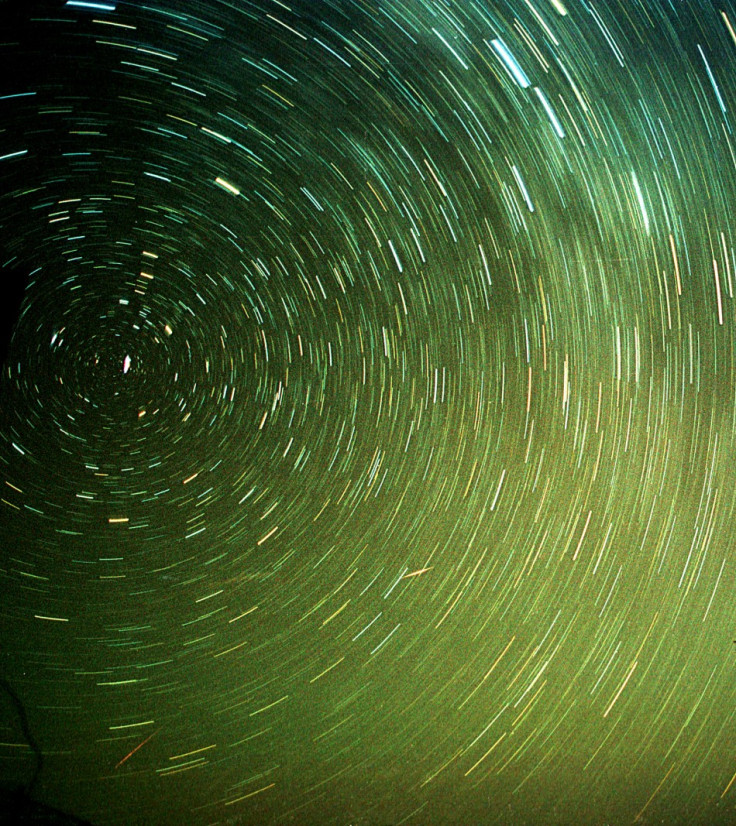Geminid Meteor Showers to Light up the Sky: When and Where to Watch

This winter the skies will witness Gemini meteor showers, expected to begin on 12 December and last for five to six days, peaking on the night of 13 December.
The Geminid meteor shower will be the most intense meteor shower this year. The meteor showers can be seen from almost anywhere on earth. The peak rate estimated in 2013 is about 100-120 meteors per hour.
The meteors burn up at about 100 kilometres (60 miles) above earth's surface and often appear yellowish in hue. The medium-speed showers travel at about 22 miles per second, making them fairly easy to spot.
Best time to watch the showers
The Geminid meteor shower generally intensifies after midnight and peaks at around 2 am and can be seen from anywhere on earth.
But the moonlight tends to fade out the meteors. So a better time to watch the showers is pre-dawn hours on the morning of 14 December.
Best way to watch the meteor showers
An open view of the sky away from the city lights will suffice for a rich dose of showers.
It is recommended to spend at least 20 minutes adapting to the dark. Meteor showers are often erratic and burst out through the wide sky after intervals of void. So prepare yourself to stay out in the open for at least an hour.
More about the Geminids
The Geminids are yearly meteor showers seen in December, caused by an asteroid 3200 Phaethon. These are the major showers, apart from the Quadrantids, which do not originate from a comet.
The 3200 Phaethon is an asteroid with an unusual eccentric orbit, and emits a massive fleet of meteors when it gets closer to the Sun.
"Of all the debris streams Earth passes through every year, the Geminids is by far the most massive," says Bill Cooke, a NASA astronomer. "When we add up the amount of dust in the Geminid stream, it outweighs other streams by factors of 5 to 500."
"The Geminids are my favorite," Cooke adds, "because they defy explanation."
Most meteor showers originate from comets composed of ice emitting millions of kilometres of dust tails. But Geminids are different. The 3200 Phaethon sheds very little dusty debris, which is not nearly enough to explain the Geminids.
This rocky mass with a mean diameter of 5.1km was discovered in 1983 by NASA's IRAS satellite and classified as an asteroid, as it did not have a tail and its colour strongly resembled that of other carbonaceous asteroids.
Its highly eccentric orbit makes 3200 Phaethon intersect with the Pallas asteroid belt, roughly located between the orbits of Mars and Jupiter, and brings it well inside the orbit of Mercury every 1.4 years. The asteroid thus receives a regular blast of heat from the Sun which boils jets of dust into the Geminid meteor stream.
© Copyright IBTimes 2024. All rights reserved.






